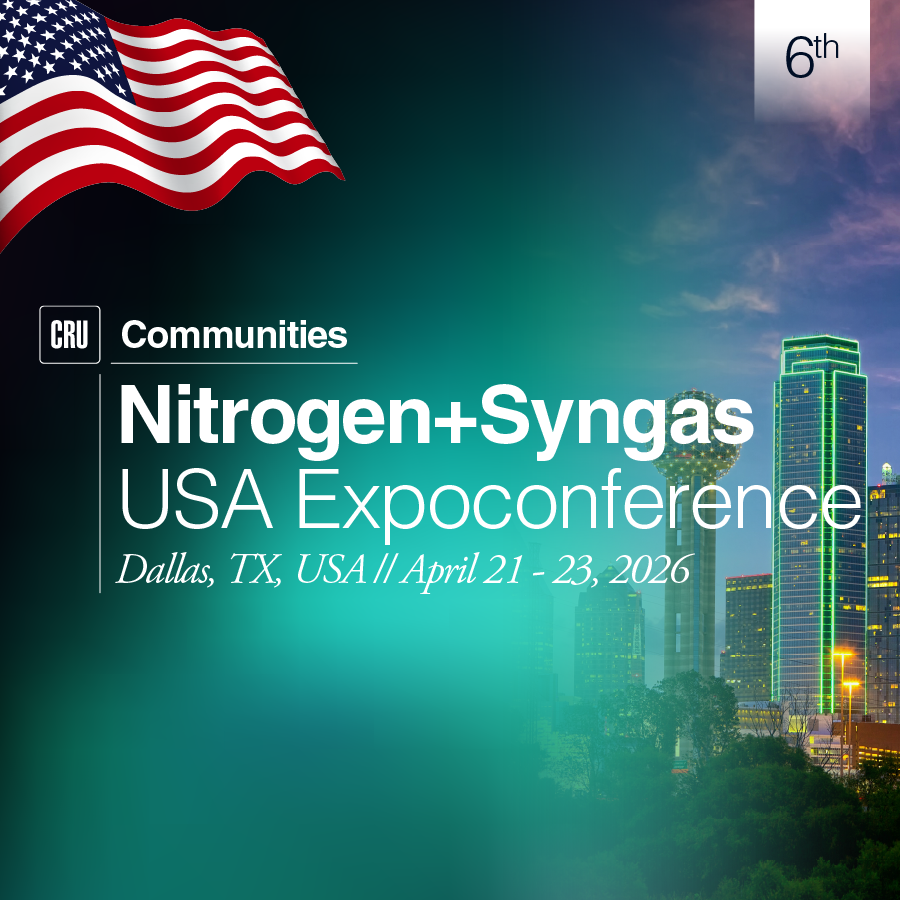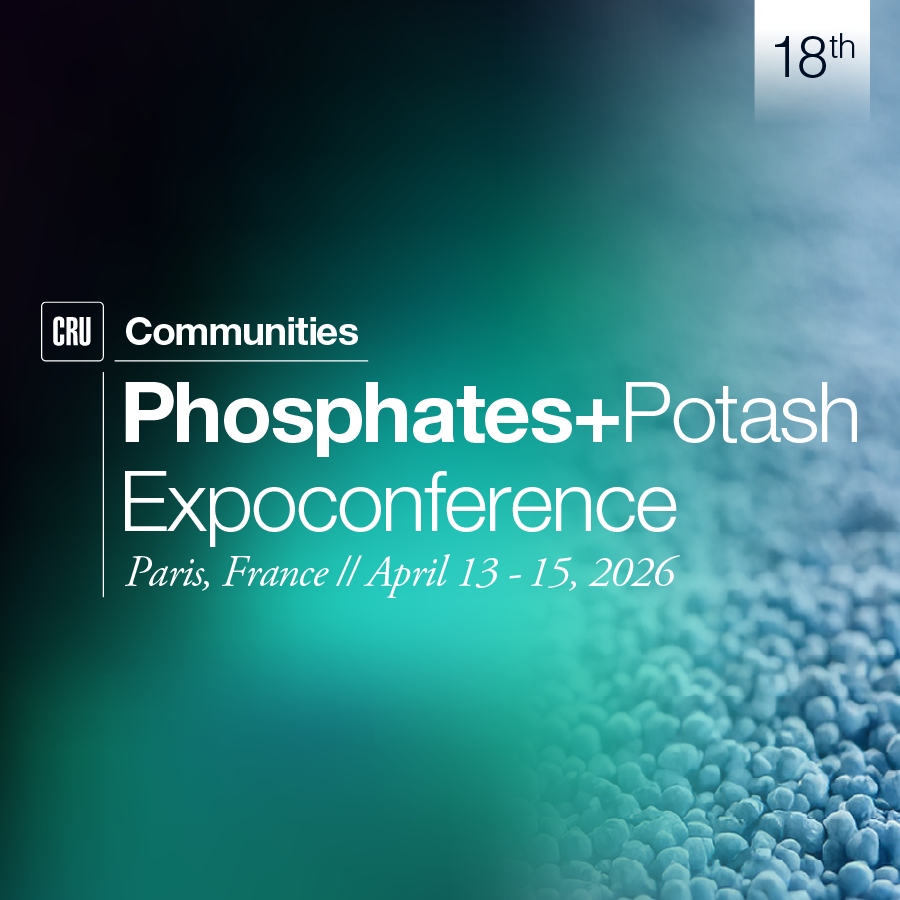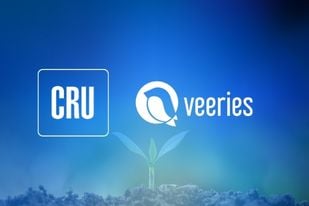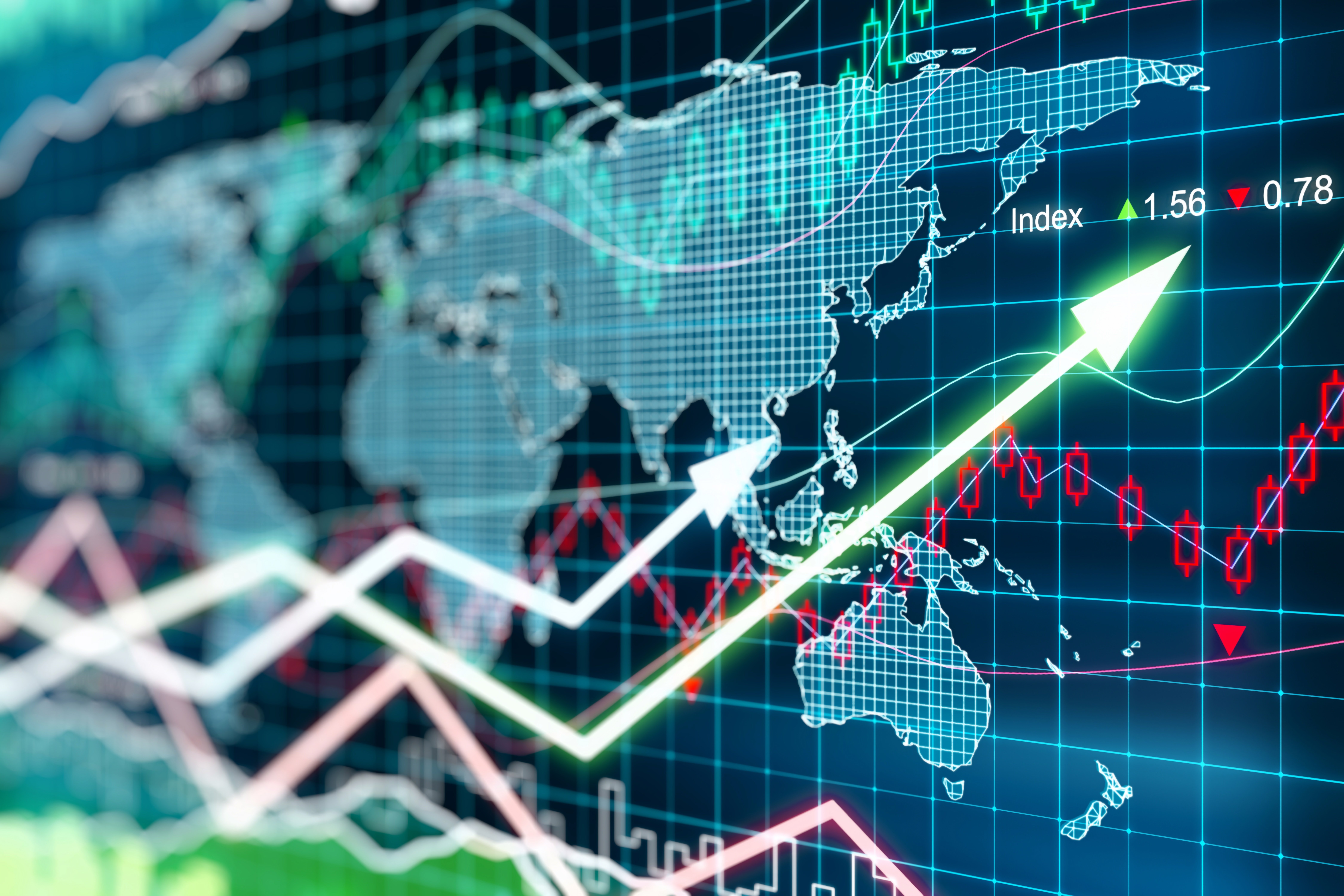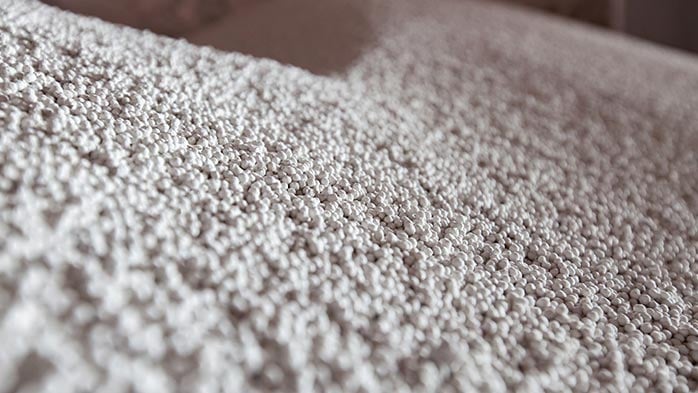Fertilizer prices rallied beyond all expectations in 2021. There was no shortage of drama fuelling the market, with the nitrogen complex reaching record highs.
Geopolitical tensions, volatile weather, extraordinary energy prices and protectionism all deeply influenced supply and demand. And the drama has boiled over into 2022 – sulphur prices are surging, gas markets are punishing, Nutrien has announced another change in CEO and NOLA urea is plunging.
CRU’s top ten fertilizer calls of 2022 help to provide direction to this volatile market. Fertilizer Week premium clients will receive analysis behind these calls in the upcoming January Fertilizer Market Perspective slide deck.
Fertilizer price declines are coming… and will set in over H2
Downstream fertilizer prices increased between 100-200% in 2021. Demand was strong, supply was disrupted, and production costs escalated. We forecast a correction in prices, but not immediately. Gas/coal prices remain high, and supply is tight. Prices are expected to hold at high levels over Q1. Declines will begin in Q2, with more stark corrections in H2.
Sanctions will cause Belarus MOP export disruption
EU- and particularly US-led sanctions tightened restrictions on Belarus’ potash sector during 2021. In December, the US Treasury set a deadline of 1 April 2022 for transactions with exporter BPC to cease. This is set to upend global MOP trade flows, especially if Lithuania blocks the transit of potash via Klaipeda port. However, we do not expect a complete halt of exports from Belarus.
China will return to the export market – but barriers will remain in place
The Chinese government shocked the market in October when it imposed stringent barriers on exports of urea and DAP/MAP. Shipments have since collapsed. The measures are set to stay until June. We anticipate the government will again impose barriers towards the end of 2022 as prices are unlikely to have fallen to levels desired by policy makers.
Freight rates will normalise by the end of Q1
Freight rates for key fertilizer dry bulk trade routes increased between 33-120% in 2021. But rates have recently declined, and we anticipate this trend to continue. Bulk freights are anticipated to be close to historical norms by the end of Q1.
Crop prices will remain robust
Crop prices did not keep pace with fertilizer prices in 2021. However, oilseeds are close to record levels, wheat is at its highest price for almost a decade, and corn/soybean markets remain firm. Stocks:use ratios suggest continued tightness for 2022, which will keep crop prices propped up.
No relief for gas prices until Q2
There was no more volatile market than natural gas in 2021. European prices reached record highs, at one stage forcing 12 Mt of regional nitrogen capacity to shutdown or curtail output. We anticipate gas prices will remain high over Q1 and correct lower in Q2. Nevertheless, prices will remain well above historic norms and continue to pressure European nitrogen producers.
Low-emission ammonia projects will keep on coming
An astonishing +80Mt of low-emission ammonia projects were announced in 2021. We expect this flood of early-stage announcements to continue. But the more pertinent matter of projects advancing to final investment decision will remain disappointing. 2022 will see more ‘blue’ ammonia projects approved over ‘green’.
The reality of carbon prices will finally set in
Fertilizer producers and consumers will become more exposed to carbon prices, and this is set to become more evident in 2022. Canada is increasing its carbon prices and the EU continues to reduce the supply of free allowances. Producers and consumers alike will need to take greater consideration of carbon prices as a result.
Demand destruction will not be as bad as some fear
Fertilizer prices appreciated at a higher rate than crop prices in 2021. This affordability squeeze has festered fears of demand destruction. There is likely to be some destruction in less developed agricultural economies, but global demand is not expected to fall in 2022, with inventory replenishment, high crop prices and government support helping to maintain demand in key markets.
Projects and M&A activity – back from the dead
Recent investment in the fertilizer industry (excluding low-emission ammonia) has been scarce. But with balance sheets now more attractive and share prices representing reasonable value, we expect to see an increase in investment activity – some of which may be in adjacent markets like ag tech. The mooted IPO of EuroChem will be closely watched to gauge investor sentiment.




